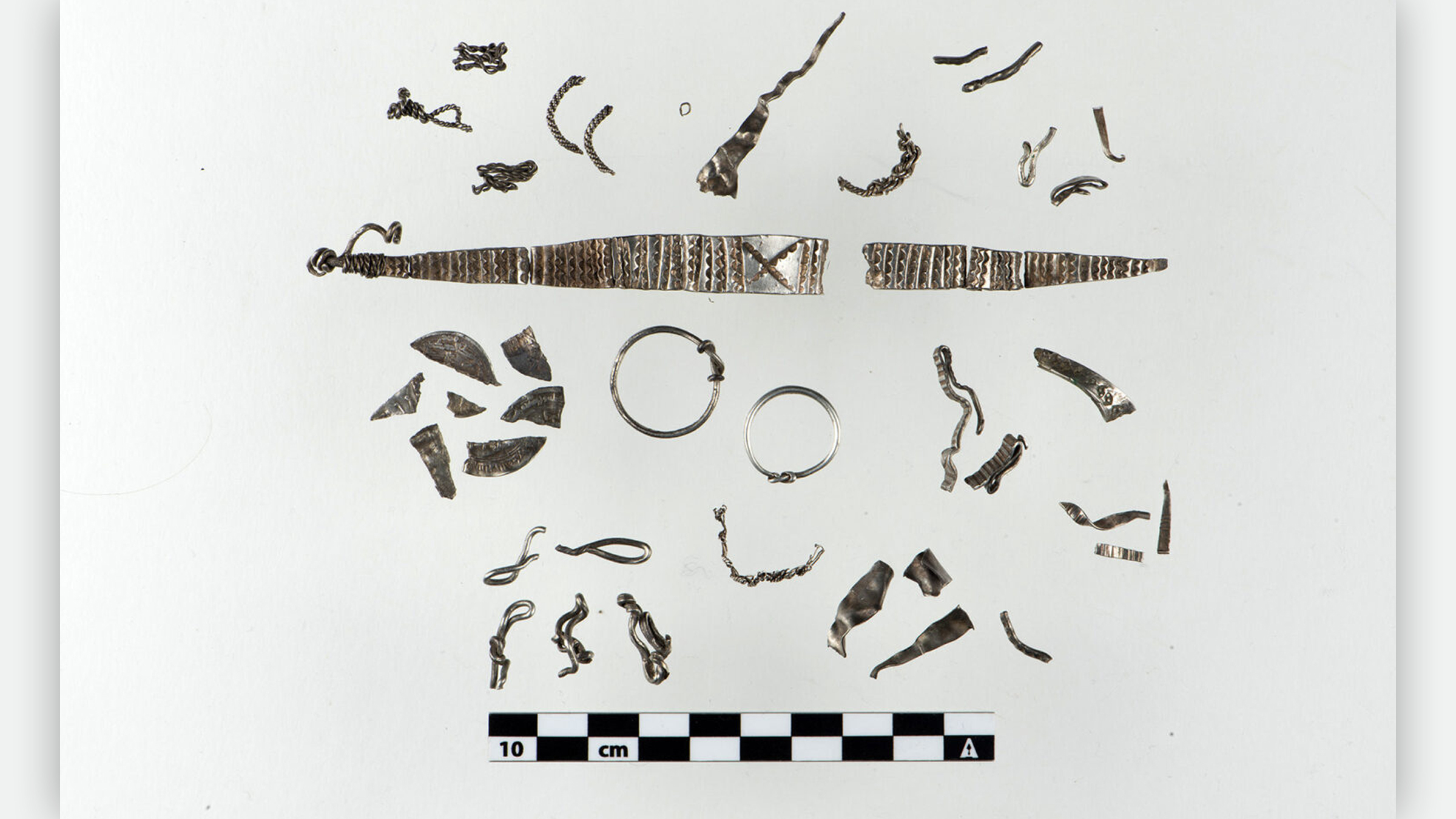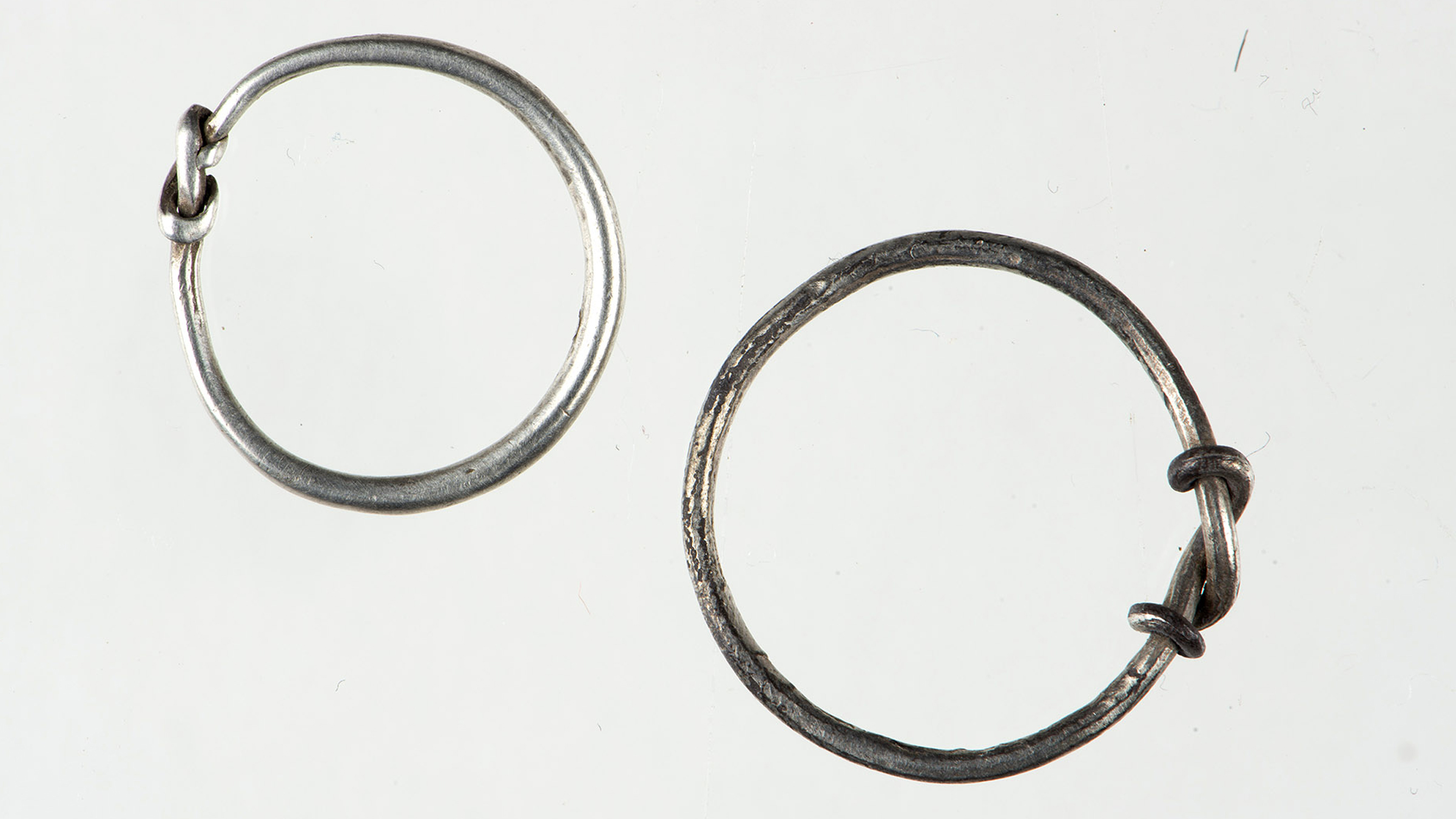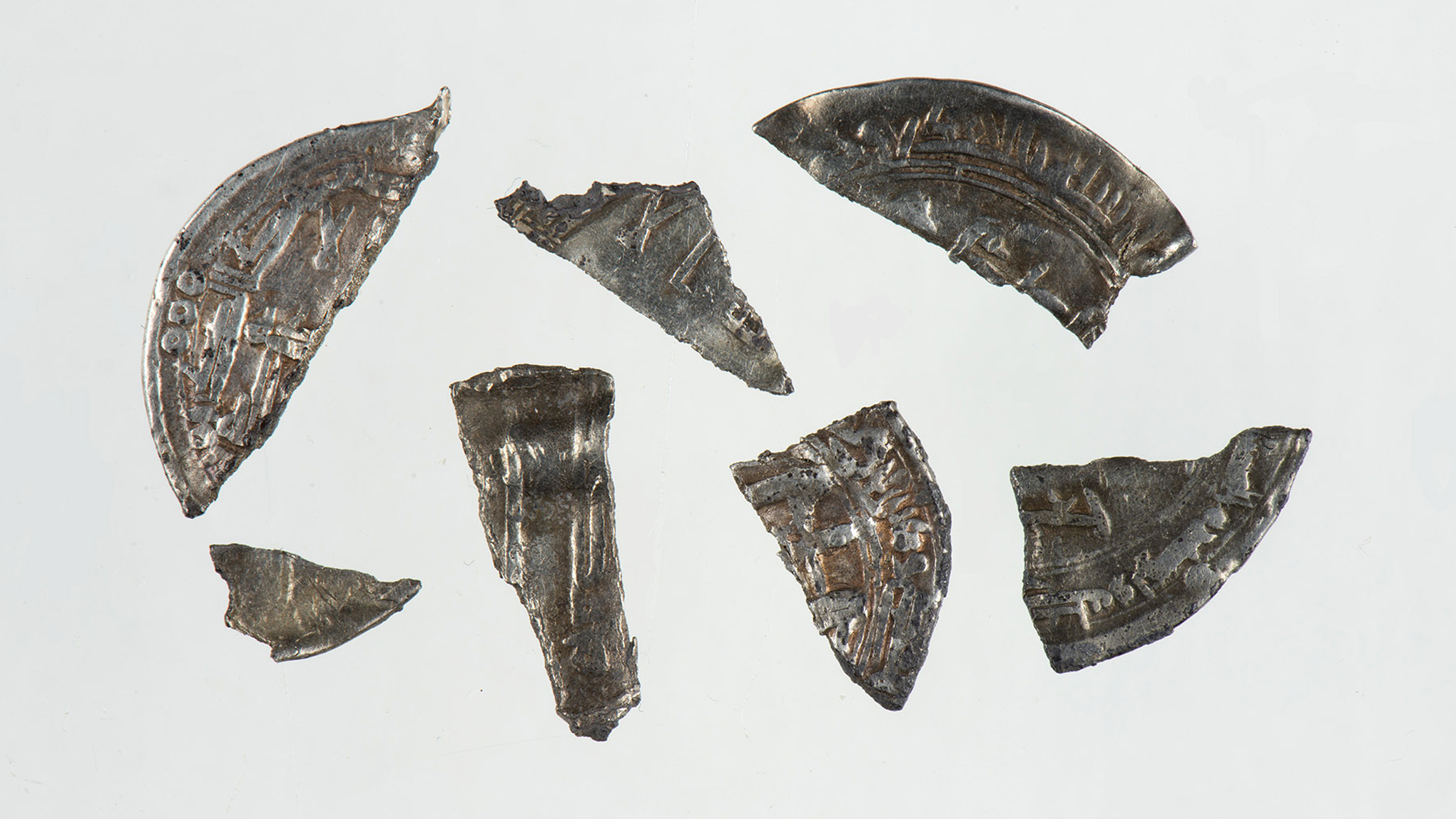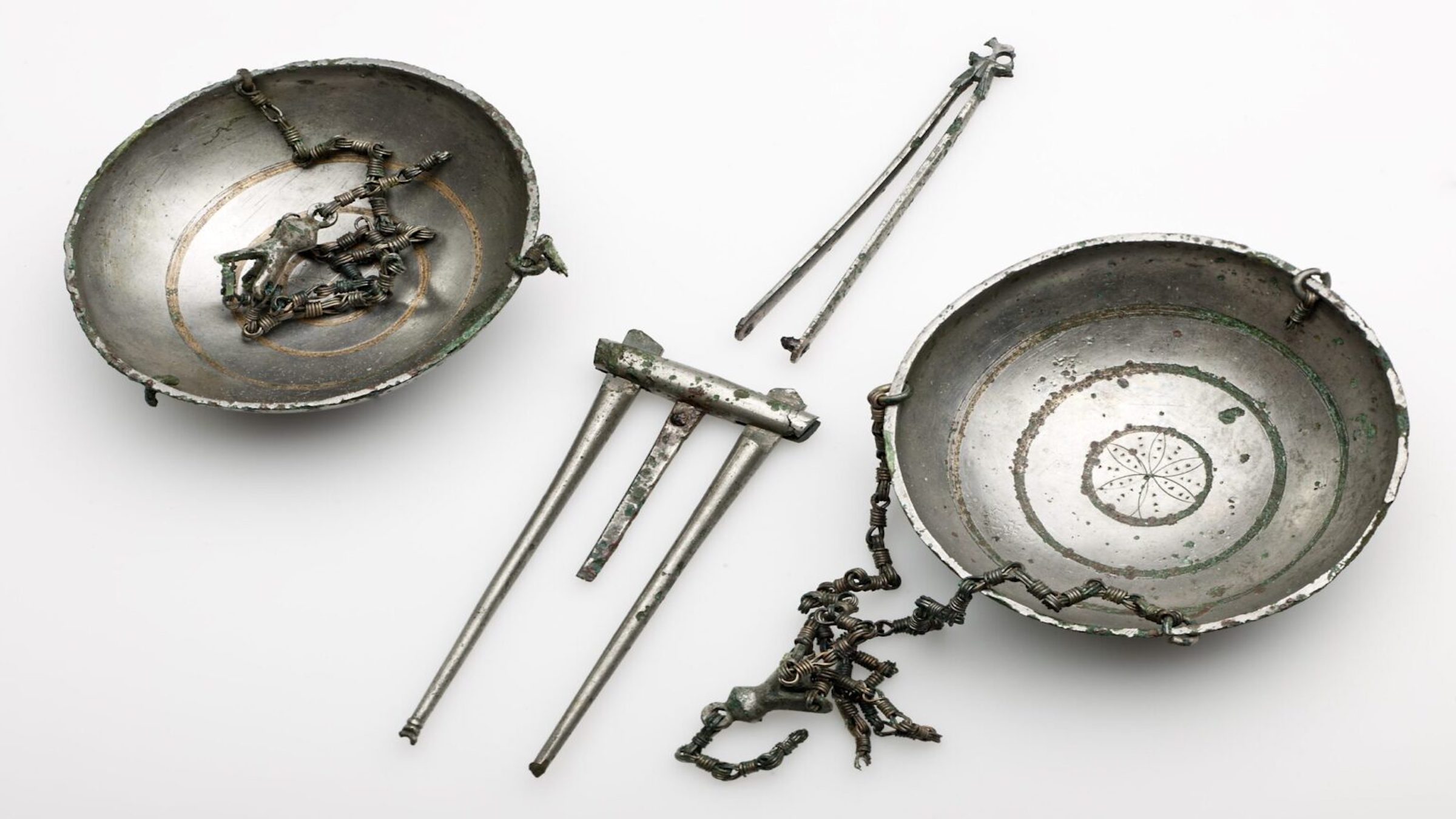Metal detectorist stumbles across Viking treasure hoard in Norway
Using a metal detector in a field, a Norwegian man stumbled upon a number of silver pieces dating back to the Viking Age.
Many people dream of finding buried treasure, but very few people actually do. For one man in central Norway that dream became a reality just before Christmas last year, when he took his metal detector for a stroll in a field near his home and unearthed a hoard of silver fragments from the Viking Age.
At first, Pawel Bednarski wasn't sure of the value of the fragments he'd found buried under just a couple of inches of soil. There were a pair of rings, what looked like chopped-up Arabic coins and fragments of a silver bracelet, among other pieces. But when he reached out to local historians and archaeologists, the truth became clear: This was a significant find.
"It's been many years since such a large Viking treasure was found in Norway," Birgit Maixner, an archaeologist at Norway's University of Science and Technology (NTNU) in Trondheim, said in a statement.
Related: 2 Viking swords buried upright might have connected the dead to Odin and Valhalla
The silver fragments date back around 1,100 years to the eighth and ninth centuries — during the Viking Age, which lasted for about 200 years between the ninth and 11th centuries. The fragmentation of the objects suggests that these pieces were not just personal belongings but were also used as money. Vikings operated under a so-called bullion economy rather than a bartering economy, which means that rather than trading good-for-good, such as a sheep for a cow, they traded pieces of precious metals at set weights for goods. Minted coins were not commonly used in Norway until the late ninth century.
The weight system "was in use in the transition between the barter economy and the coin economy," Maixner said.
The 46 silver fragments weigh 1.5 ounces (42 grams), or about the weight of a golf ball. Maixner said that based on what we now understand of the Vikings' value system, the silver was worth a little more than half a cow — quite valuable for a time when owning five cows was about average for a medium-size farm.
Get the world’s most fascinating discoveries delivered straight to your inbox.
While the silver fragments may have once been used by Vikings, Maixner isn't sure how the treasures ended up in Norway. The Arabic coins, which was the main source of silver in Scandinavia during the Viking Age, are older than what is usually found in Norway. Archaeologists usually find Arabic coins from the ninth and 10th centuries in Norse treasure, but these coins are from the eighth century. And the silver bracelet looks more like jewelry that's typically found in Denmark.
"The fact that this person had access to an entire broad banded bracelet, which was primarily a Danish item, might suggest that the owner had been to Denmark before traveling to this area in mid-Norway," Maixner said.
As for why or how the treasure ended up in the field, no one can say, Maixner said. Perhaps the owner was stashing it to retrieve later, or was leaving it as an offering to the gods.

JoAnna Wendel is a freelance science writer living in Portland, Oregon. She mainly covers Earth and planetary science but also loves the ocean, invertebrates, lichen and moss. JoAnna's work has appeared in Eos, Smithsonian Magazine, Knowable Magazine, Popular Science and more. JoAnna is also a science cartoonist and has published comics with Gizmodo, NASA, Science News for Students and more. She graduated from the University of Oregon with a degree in general sciences because she couldn't decide on her favorite area of science. In her spare time, JoAnna likes to hike, read, paint, do crossword puzzles and hang out with her cat, Pancake.




